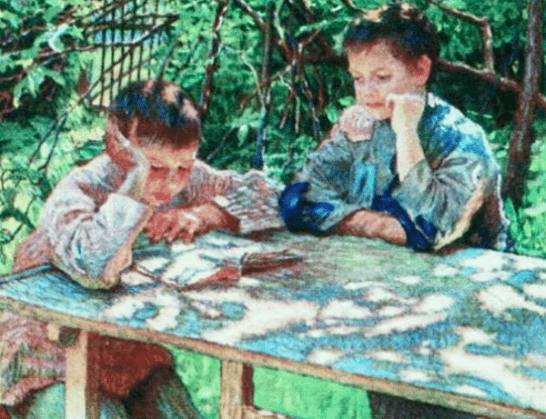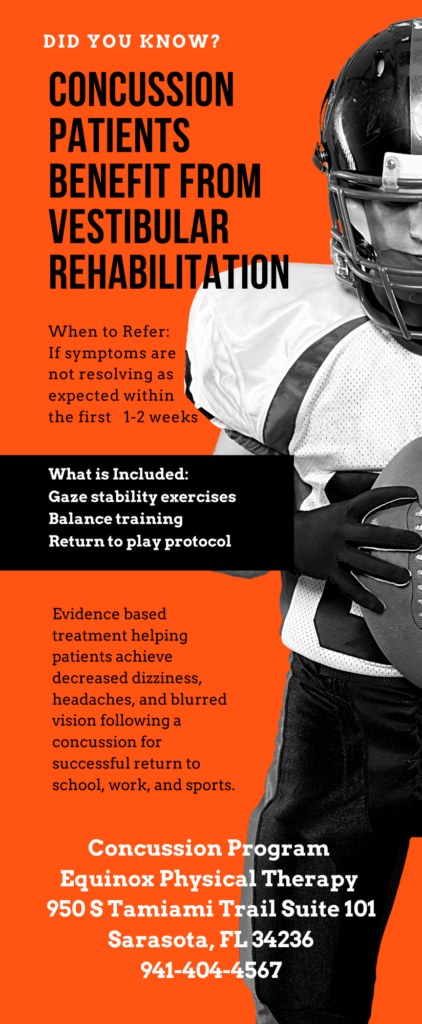My physical therapy practice in Sarasota, Florida, is devoted to helping people with balance and inner ear problems. So you may be wondering why I am writing about visual problems The reason is: vision is extremely important in maintaining good balance! We use our vision to understand where we are in space, and how to negotiate obstacles in our environment. As adults, we have an idea of what good vision is, and we are likely to notice if our vision changes. But what if the person we are talking about is a small child, maybe even an infant who may not be able to communicate or recognize that he/she is having a visual problem? This child, in addition to a visual problem, could also be experiencing a balance problem, because we know that good vision and good balance are closely connected.
I was lucky to be talking about this problem with my friend and associate Dr. Mohamad S. Jaafar. Dr. Jaafar is Professor of Ophthalmology and Pediatrics at the George Washington University, and Chief of the Division of Ophthalmology at the Children’s National Health System, Washington, DC. He is passionate about training young doctors to be experts in his field and is the Past-Director of Washington’s Pediatric Ophthalmology Fellowship Program, which is the oldest, largest, and most renowned such program in the world.
Dr. Jaafar and I want to help parents recognize visual problems in their children, so that they know when to seek help. Bear in mind that there is an association of eye diseases in some children who have hearing loss (such as retinal dystrophy, cataract and misalignment of the eyes). Dr. Jaafar was kind enough to provide this top 5 list, so that parents know what to look for if they suspect their child may have a visual problem.
TOP 5 Signs of Visual Problems in Children
1. Bumping into things
or acting clumsy.
2. Always sitting close to the TV or holding books and I-pads too close to
their face.
3. Crossed or wandering eyes.
4. Tilting or turning the head, or assuming a chin-up or chin-down posture
(ocular torticollis).
5. Disliking having one eye covered but not the other (may indicate a “lazy
eye” – amblyopia).
If your child is showing these signs, was born prematurely, has multiple health problems or a family history of eye diseases in childhood, it is a good idea to consult an eye doctor who is experienced in treating infants/children. Please remember, a TOP 5 list is not all inclusive. If you have questions about your child’s vision, go and see a specialist or ask your Pediatrician. Dr. Jaafar suggests that you could find a qualified doctor in your area by going to the following website: https://aaosso.aapos.org/ebusaapos/FindanEyeMD
Connoisseurs of Books (Knowledge is Power), by Nikolay Bogdanov-Belsky, 1920




